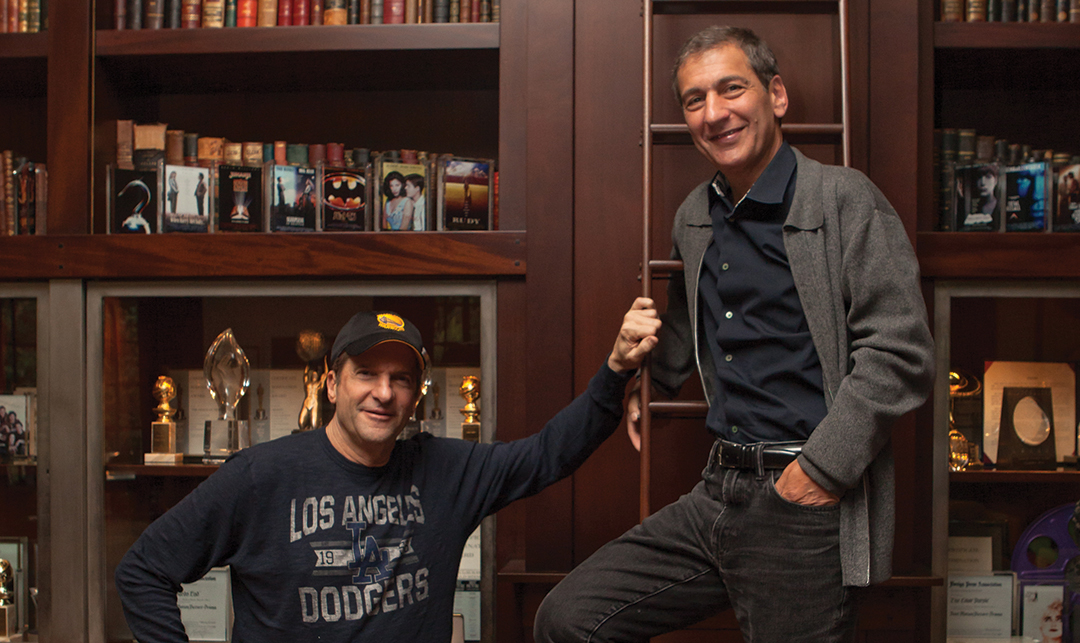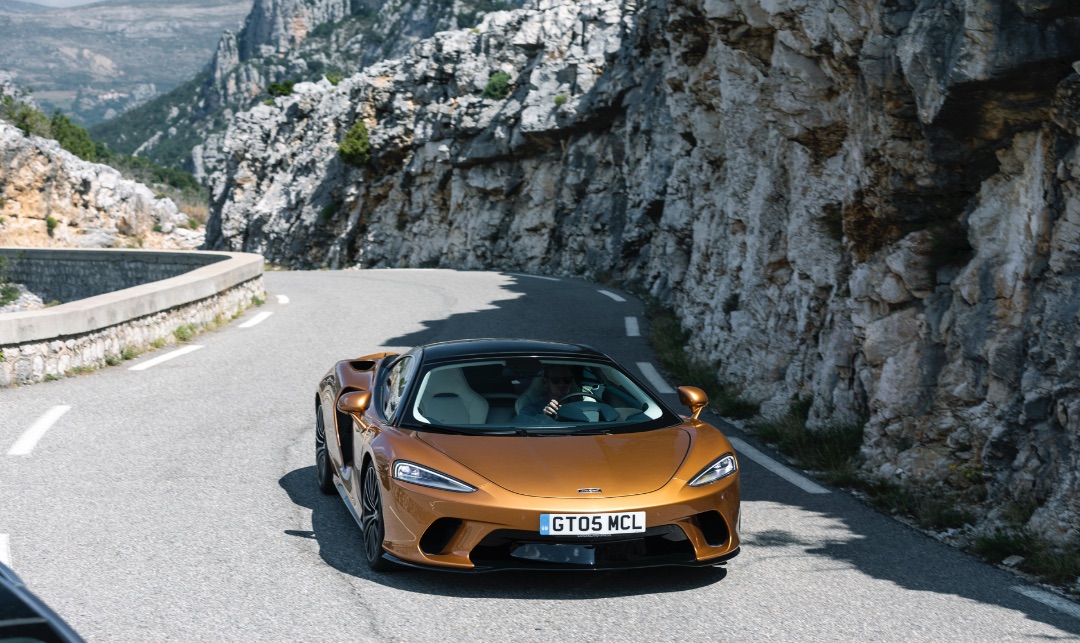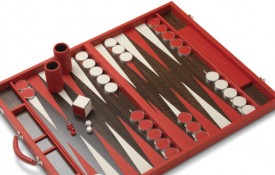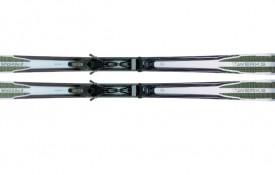At the peak of summer 2019, the film Hobbs & Shaw—a spinoff of the Fast & Furious franchise—introduced audiences to the McLaren 720S, a svelte supercar with an aggressive stance and more than 700 hp under the hood. Auto enthusiasts likely recognized the marque’s name; after all, McLaren’s backstory includes a successful Formula One racing team that was founded in 1963, not to mention a road car group that formed in the 1980s, creating the iconic F1 three-seater supercar and sprinting to victory during the 24 Hours of Le Mans in 1995.
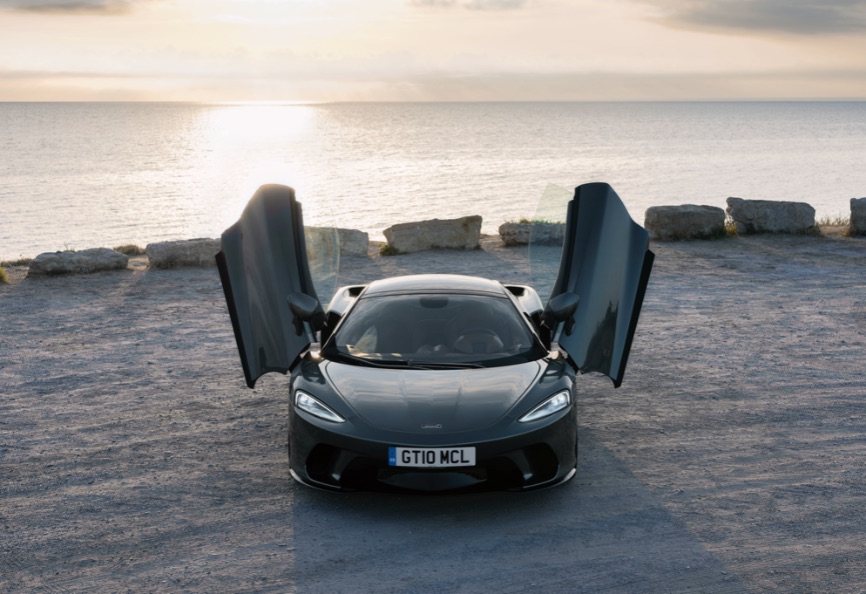
Despite McLaren’s racing-circuit success, the production vehicle subsidiary of the brand, McLaren Cars, remained dormant (according to annual reports) during the second half of the 1990s and the first decade of the 2000s. In fact, the company was resuscitated and reborn as McLaren Automotive only a decade ago. As such, the brand is celebrating its 10th anniversary this year, and its latest vehicle—a superlight GT—is poised to take the British supercar builder into uncharted territory within the North American market. According to Tony Joseph, president of McLaren North America, the GT segment of luxury sports cars is supported by a customer base that’s never had a McLaren model to call its own. What’s more, McLaren’s contribution to the segment fills a void for GT customers who have always yearned for a bit more performance within the category.

“They like attributes of a GT, but there may be a performance element that they desire but can’t see it fitting together in one [car],” Joseph explains. “That’s where McLaren’s interpretation of the GT can fit in.”
Recently, Joseph has met passionate McLaren owners who drive their 570S Coupes (the marque’s flagship sport series model) every day, even on mundane shopping trips to Walmart or Costco. That dedicated use proves that a model designed to be more practical as a daily driver will have significant appeal to an even broader audience. “Because of the suspension modes of the car, you can drive it in comfort,” Joseph says. “You have the high performance, but it is a comfortable car. Like every other McLaren, the GT is very much a performance car. But it’s more for the road than it is for the track, there’s no question about that.”
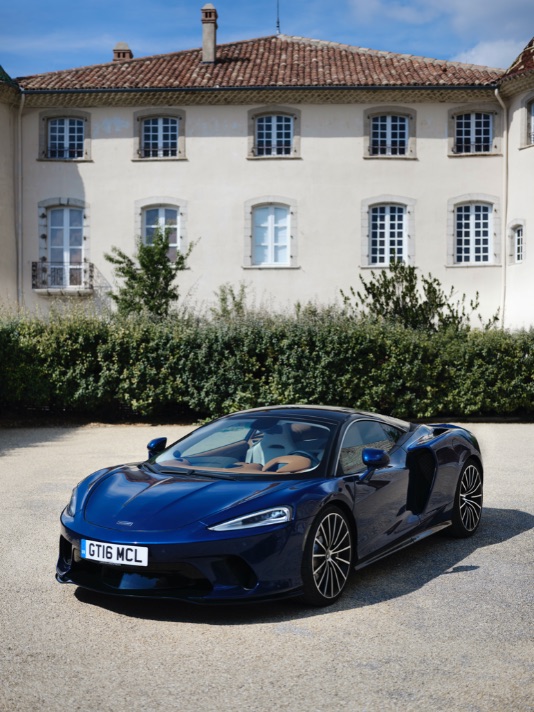
The Senna and Senna GTR, positioned within McLaren’s Ultimate Series—and to a lesser extent the aforementioned 720S headlining the marque’s Super Series—were conceptualized to excel first and foremost on the track. McLaren’s new GT was designed with everyday, open-road motoring in mind. Despite that, it is equipped with a number of architectural and performance-based features that blur its identity between a traditional grand-touring sportster and track-conquering supercar.
It starts with a 4.0-liter, twin-turbocharged V8 engine that churns out 612 hp and 465 lb-ft of torque. When that power is paired with the vehicle’s unique MonoCell II-T carbon-fiber structure and aluminum body panels, the resulting power-to-weight ratio produces performance capabilities normally reserved for the world’s elite supercars. We’re talking top speeds north of 200 mph and 0 to 60 mph sprint times that barely exceed three seconds. Best of all, McLaren’s GT provides more than 20 cubic feet of rear luggage space—enough to easily accommodate a bag of golf clubs—which makes the vehicle ideal if you’re late for your morning tee time.

Unlike some exotic sports car manufacturers, which have explored more polarizing ventures like SUVs, McLaren doesn’t intend to stray from its niche. “We want to be that iconic sports car company,” says Joseph. “We’ve always said that we’re going to concentrate and specialize on what we know best—the two-seat, high-performance sports car. That’s what we’re focusing on. We want to get more creative and bring out incredible, versatile products within that range, but [still always] concentrate on two-seat sports cars.”













